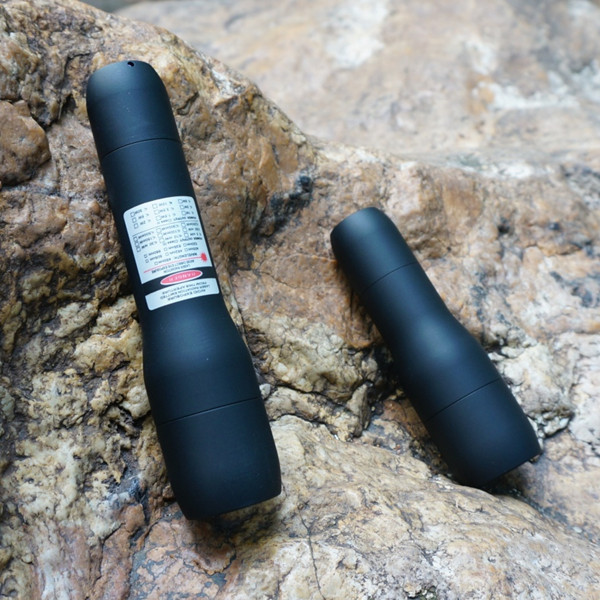According to the Russian Legnum News Agency, the Moscow-based “Astrophysics” Scientific Production Joint Company is developing this laser pointer chariot for the Russian Ministry of Defense. This weapon specializes in destroying the optical detection instruments of some aircraft, helicopters, and missiles, and makes the photoelectric detection systems of tanks and armored vehicles and the sights of anti-tank missile launchers malfunction, and the effective attack distance can reach tens of kilometers. In addition, this weapon will not kill the enemy, but it may cause blindness.
Russian media reported that the box-type laser located on the upper part of the tank is equipped with multiple laser emitting devices. When its detection system finds detection equipment on the enemy’s weaponry that uses optical principles, these laser emitting devices can attack separately at the same time. The “eyes” of multiple weapons and equipment can also converge multiple laser beams to attack one target.
According to military experts who understand this research and development work, this laser chariot has a high level of technical completeness and is currently undergoing testing. Although experts refused to disclose the specific performance of the laser weapon and the completion time of the development plan, they pointed out that the “father” of the laser chariot was the 1K17 laser chariot that was equipped with a small amount of the Russian army in the early 1990s.
According to the Russian popular science journal “Popular Mechanics”, there are 15 built-in laser transmitters of 1K17, arranged in two layers. Its appearance is like a bulky multiple rocket launcher. The crew sits in the middle of the tank to control the laser. The tank uses its built-in multiple laser emitting devices to emit lasers of different wavelengths. If the optical detection equipment of the enemy’s weaponry is equipped with a filter to deal with lasers of a certain wavelength, the 1K17 tank uses several transmitters to target a single laser. Weapons and equipment fire several bands of laser at the same time to break through its defense range.
According to experts from the “Astrophysics” company, the biggest improvement of the new green laser pointer chariot compared to the previous generation 1K17 chariot is that its laser is lighter and can be installed on the turret of a tank or in an armored infantry battle. Therefore, it has higher mobility and can follow tanks and motorized infantry to implement cover.
However, the Russian media quoted military commentator Kotov as saying that the laser tank needs a period of time to charge after each attack. If the charging time continues for a long time, it will become a weakness of the laser tank. Secondly, laser weapons can only attack in a straight line. If the target to be attacked is 10 kilometers away on flat ground, it will be below the horizon and cannot be hit. In addition, dust, dense fog, rain and smoke will weaken the destructive effect of a specific waveband laser, or reduce its effective range. These problems urgently require R&D units to make great efforts to solve them.
